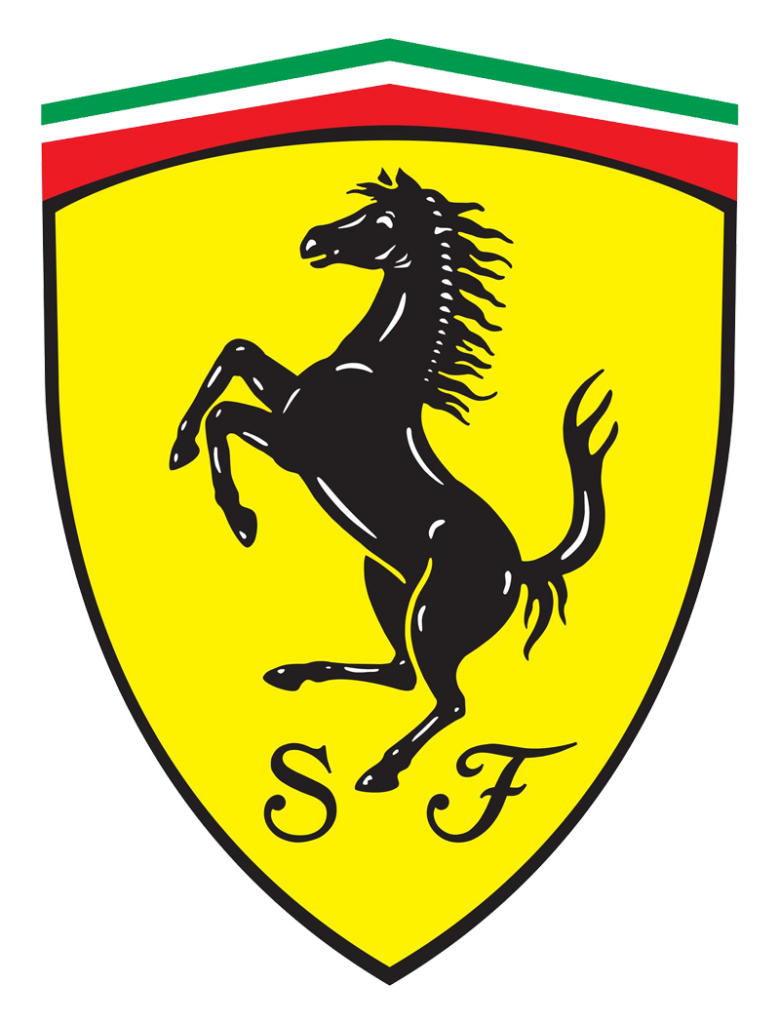
Few emblems in the automotive world are as iconic as the Ferrari Prancing Horse. Sleek, powerful, and rich with history, the black stallion on a yellow background is more than just a logo—it’s a symbol of legacy, speed, and Italian pride. But where did it come from? Why a horse? And what does it really mean?
Let’s take a closer look at the fascinating story behind Ferrari’s legendary badge.
A Symbol with Military Roots
The Prancing Horse—“Cavallino Rampante” in Italian—was originally painted on the fuselage of a World War I fighter plane. The pilot? Francesco Baracca, a national hero and Italy’s top flying ace during the war. His personal emblem, a black horse rearing up on its hind legs, was meant to represent strength, courage, and agility—all traits of a powerful thoroughbred and a skilled pilot.
From Fighter Plane to Fast Cars
So how did a military symbol end up on some of the fastest cars in the world?
In 1923, a young Enzo Ferrari—then a race car driver—met Baracca’s parents after winning a race at the Savio track in Ravenna. Baracca’s mother, Countess Paolina Baracca, was so impressed by Ferrari that she suggested he use the Prancing Horse as a good luck symbol on his cars.
Ferrari honored her request, adding the black horse to his team’s race cars. But he made one important change: he placed it on a yellow shield, the official color of Modena, his hometown.
What the Ferrari Badge Represents Today
Over the decades, the Prancing Horse has come to represent far more than good luck. It embodies Ferrari’s racing heritage, Italian craftsmanship, and a relentless pursuit of performance and perfection.
Every time you see that badge—whether on the nose of an F1 car or the rear of a street-legal Ferrari—it’s not just about speed. It’s a nod to history, passion, and an unbreakable connection between man, machine, and meaning.